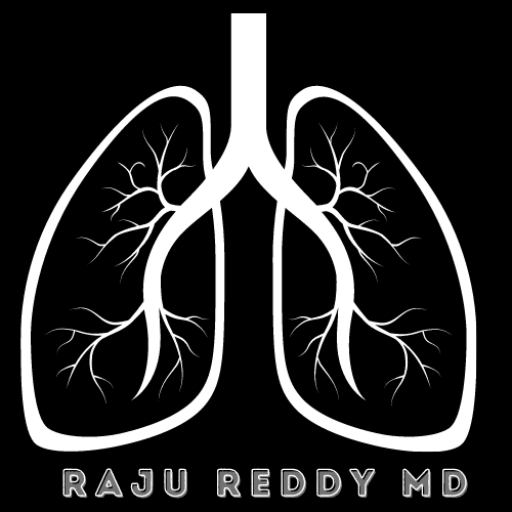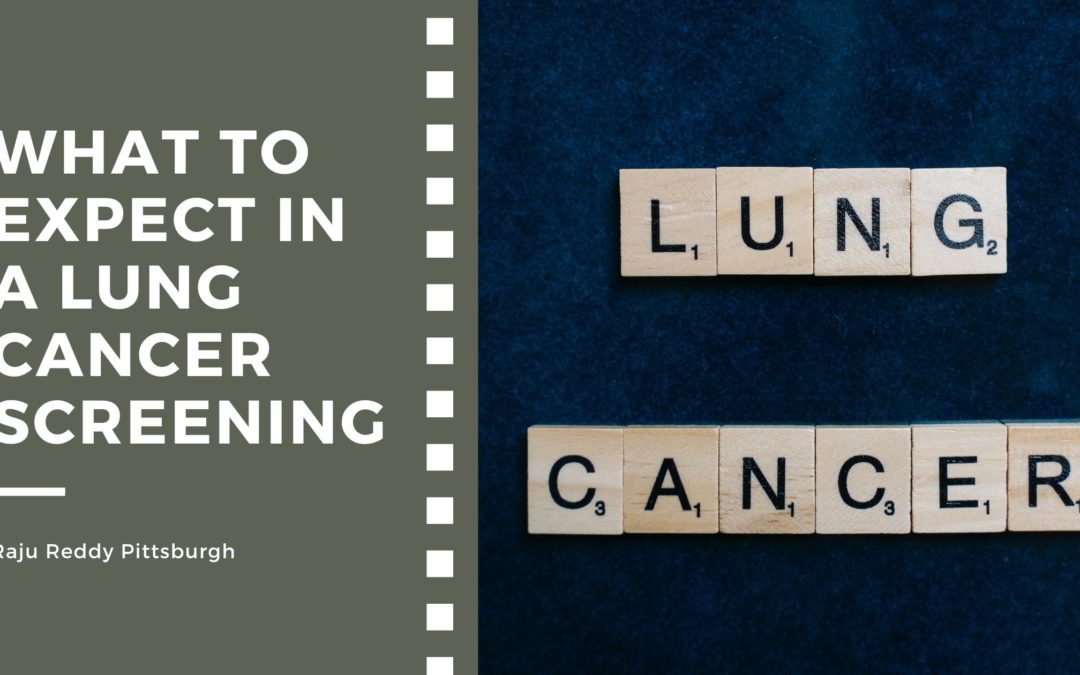If you are worried that you might be at risk for lung cancer, then you should talk to your doctor about undergoing cancer screening. This type of screening can help prevent the disease from spreading. Screening often can also catch progression early enough to treat it before it can cause any symptoms. Follow these steps to learn more about the screening process.
Speak with Your Doctor
The first step in getting a screening evaluation is to determine if you are at risk. Some risk factors are based on your age, your smoking history, and other medical history. Talk with your doctor in order to see if a screening test is appropriate. A significant percentage of lung cancer cases can be found at an early stage, which is when there is a chance of adequately treating the disease.
Lung cancer screening is similar to other types of screening tests, such as colonoscopies and mammograms. If you are at high risk, your doctor will talk to you about the possibility of having a screening test. During this discussion, you will be able to learn more about the screening process and its benefits and risks.
If you are eligible for this type of test, your doctor will send you an order for a low-dose CT scan. You should also contact your insurance provider to confirm that this type of scan is covered.
Prior to your scan, you must inform your doctor if you are sick, as this type of test should not be performed if you have respiratory issues. The procedure is painless and quick.
You will be placed inside a scanner and will be asked to hold your breath. After the scan, you will be able to go about your day as usual. Your doctor will then talk to you about the results and other recommendations.
Follow-Up
If the results of the screening test are abnormal, then additional tests may be required to check for the presence of cancer. Even if there are no signs of cancer, your doctor may recommend that you have another scan to check for changes. If you are diagnosed with cancer, your doctor may recommend various treatment options, such as surgery, radiation, or chemotherapy.

